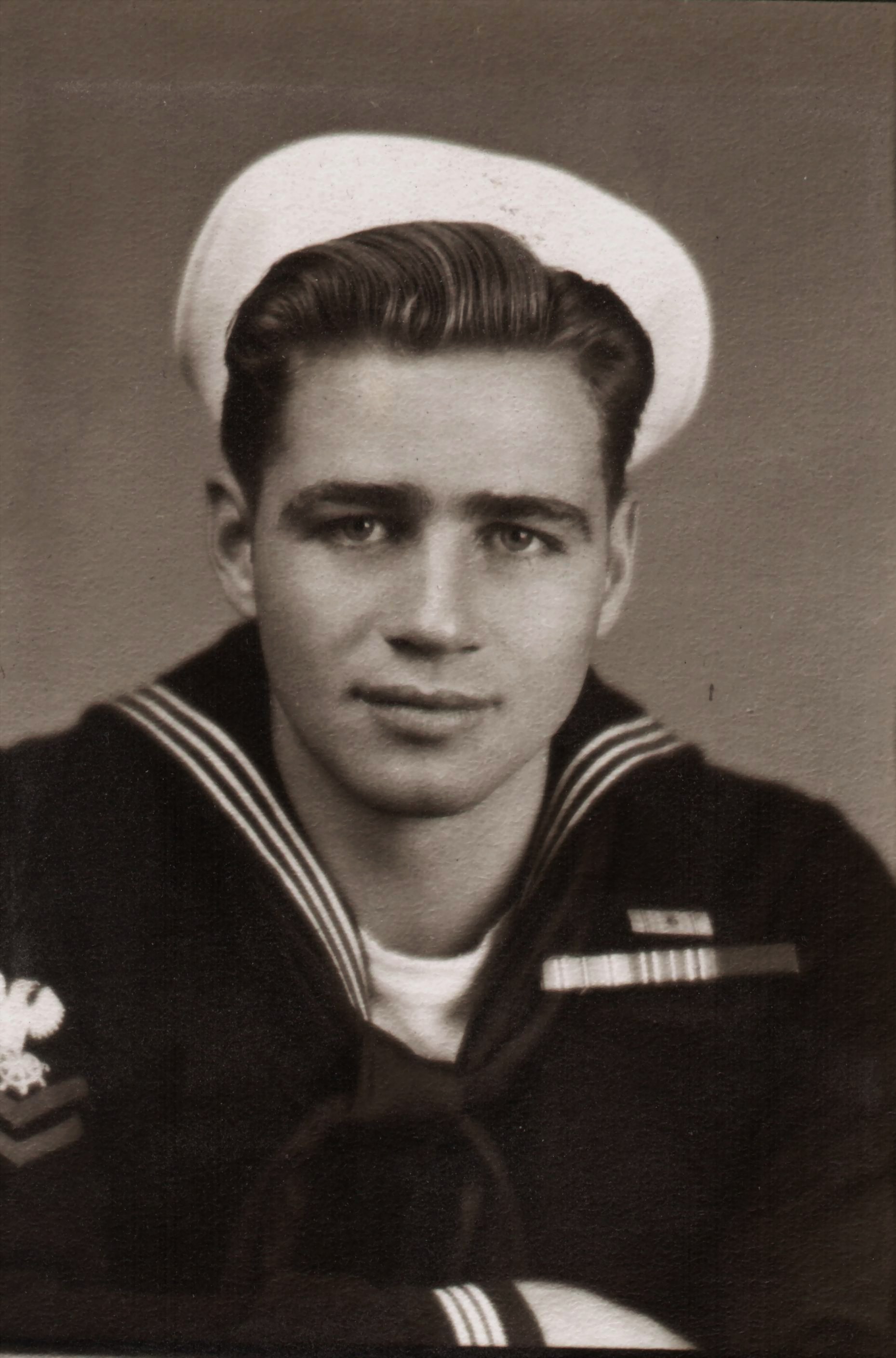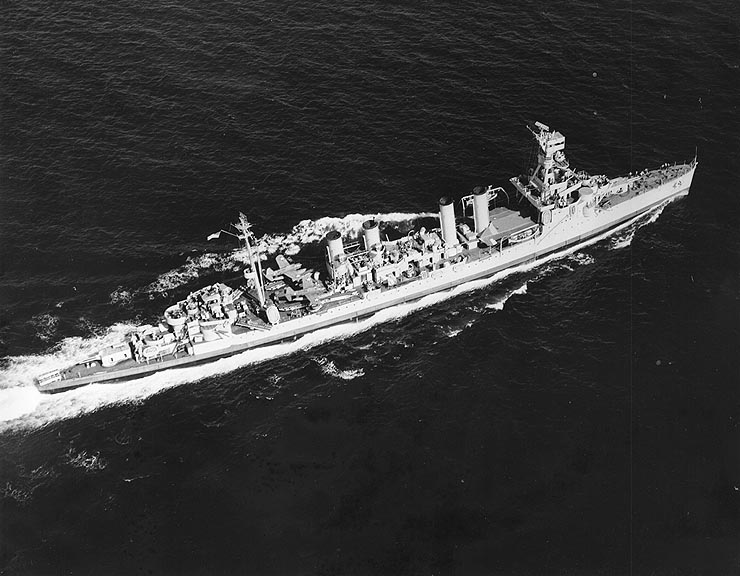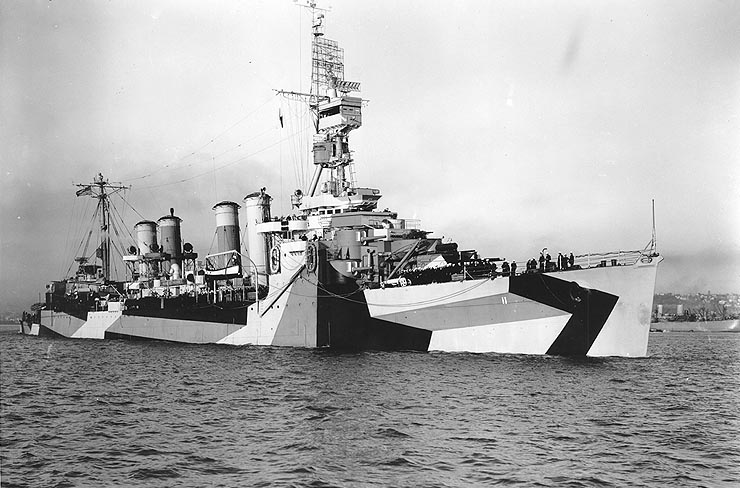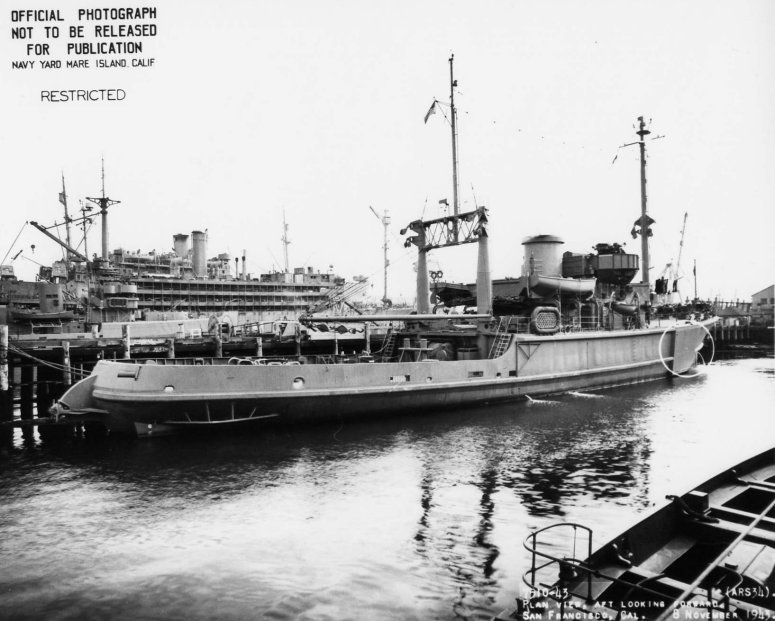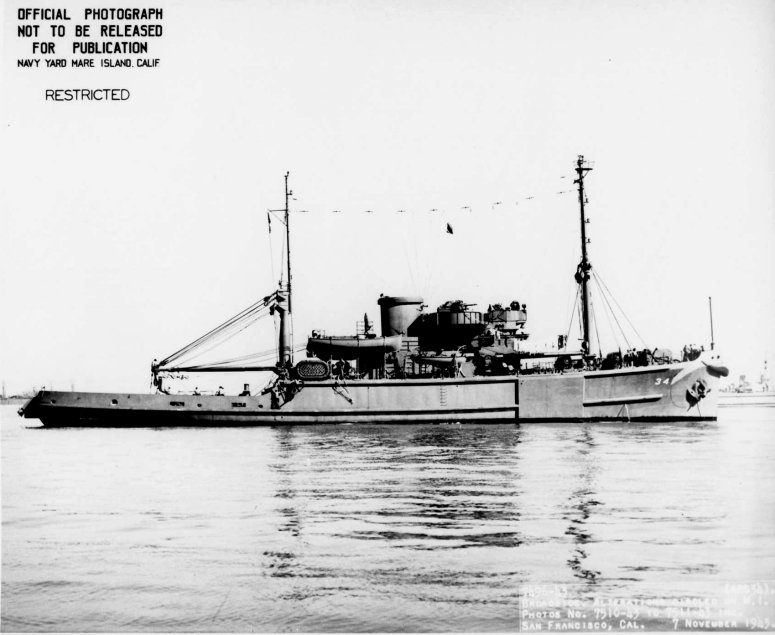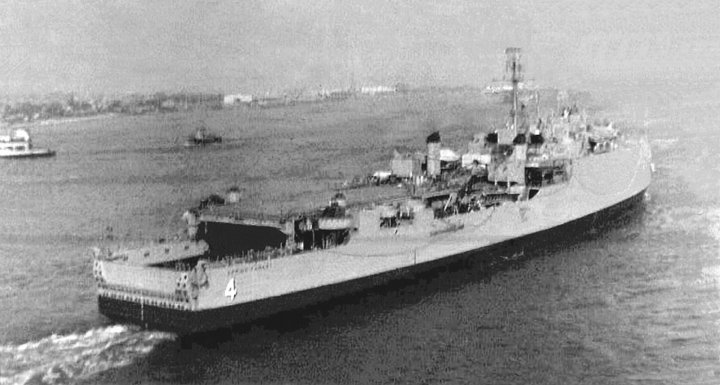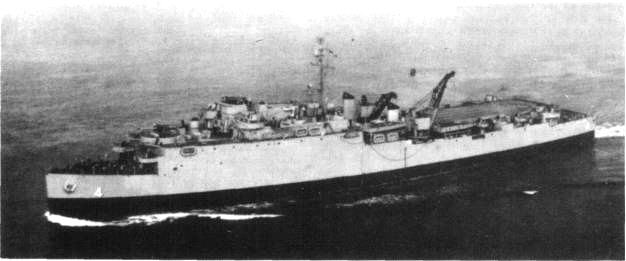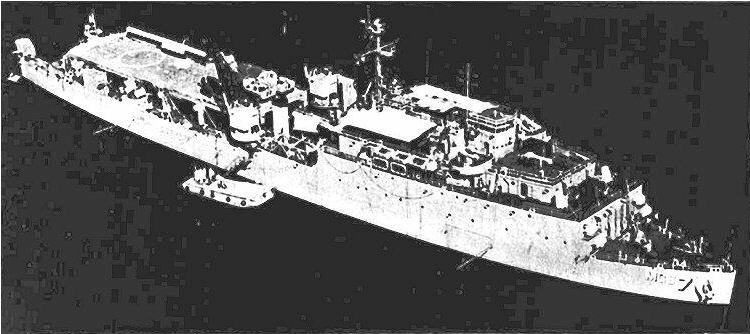Rulon J. Alder
WWII
This is a simple history of Rulon Jensen Alder's service in World War II. Written by his son Ronald Paul Alder. The information comes from talking to dad, an interview that my brother David had with dad and the internet. My motivation behind writing this was simply to share with dad some of the images and history that can be found on the internet relating to his service in the Navy during WWII. Dad found this interesting, I hope others will as well.
I'll start the story with a little family history and background. Rulon Jensen Alder was born in Preston, Idaho on September 28, 1922 to Melvin Paull Alder and Christella Jensen Alder. Rulon has one older brother Melvin Dean Alder born October 29, 1920 who when by Dean. He has one younger brother Dennis Jensen Alder born January 22, 1924 known as DJ. He has two younger sisters Emma Ellen Alder born April 16, 1926 who goes by Emma and Stella Mae Alder born October 31, 1932 who goes by Mae. Since Dennis Jensen was called DJ it follows that family and friends called Rulon Jensen RJ. Dean was born in Fairview, Idaho the others were born in Preston, Idaho.
The family lived in Preston until RJ was 13 Years old. They then moved to Nibley, Utah. Nibley, is located south of Logan in Cache county. There they purchased a farm. At this time the Great Depression was going on and it was not a good time to start a new farm. They ended up loosing the farm and moving to nearby Providence. When RJ was 15 years old, he along with his brothers needed to find employment to help support the family. You needed to be 16 to join the CCC so he lied about his age and join the CCC.
The CCC (Civilian Conservation Corps) was a public works relief program which was part of the New Deal of President Franklin D. Roosevelt. The CCC groups lived in camps and worked on public works projects. One of the camps that RJ lived in was in Pleasant Grove, Utah. While at that camp he clear the land that would be covered by the water of Deer Creek reservoir and worked on other soil erosion conservation projects. He remembers walking from the camp in Pleasant Grove to American Fork to see a movie, which is about 7 miles round trip. He looked for the camp site that he lived in some 72 years earlier. As far as he could tell the camp site was on land that is now part of the Pleasant Grove cemetery. He remembers the camp being next to the cemetery. The old part of the cemetery was there during this time as confirmed by the dates on the head stones.
In the summer of 1940 he returned home and got odd jobs from the farmers in the area. As the summer came to an end so did the work. He and his brothers weren't sure what there were going to do for work, but knew that they needed to find work. RJ's brother Dean got the idea to join the Marines. Dean and RJ went to the Marines' recruiting office in Salt Lake City and had a complete physical examination. RJ passed the physical, but Dean was turn away because of his teeth. So Dean went to the Army and got excepted. They must of thought his teeth were OK.
Enlisted
At the same time that his brother Dean enlisted in the Army RJ enlisted in the Navy and subsequently started his Navy service October 1940. His father had been in the Army in World War One so it seemed natural that he would join the Army. He has never been sure why he chose the Navy, at the time he just didn't like the idea of the Marines or the Army. The Navy required a 6 year commitment while the Army was 4 years. He said, perhaps it was the stories his dad told about being in the trenches in France that influenced him. As he looks back at the decision not to go into the Marines he said it was a good one. Being a Marine turned out to be very dangerous. This was more than a year before the US entered the war. I ask him if he was motivated to enlist at that time because he thought that the US would soon be pulled into the War and it was better to enlist than to be drafted. He answered, "Jobs were hard to find and he needed work". The way he said it left me with the feeling that I really, really do not understand what it was like to live through the depression.
There was a side benefit that RJ got from joining the Navy that he had not considered at the time. RJ had not finished High School, so while in the Navy he took advantage of a program that let him finish his High School education while serving in the Navy.
Boot camp was in San Diego, California. RJ was sent to the Hospital to have his heart looked at. They almost kicked him out of the Navy for having an irregular heart beat. That would not have been good because he needed work. He said if he had been kicked out of the Navy he most likely would have join the Army. The irregular heart beat is something that he has had his whole life. He always thought that it would cause him problems or may even kill him. At age 90 he was still waiting.
After boot camp he was assigned to the USS Trenton which was in Pearl Harbor with the fleet. He was to take a transport ship to Pearl. He went to Vallejo California to board this ship, the USS Chaumont. Unfortunately the Chaumont was not ready to sail, so he and the other sailors traveling on the ship not only got to wait for the ship, but got to paint the ship. Once it was ready in January 1941, the Chaumont took him to Pearl and his first assignment on the Trenton.
USS Trenton
RJ boarded the Trenton at Pearl Harbor in February 1941. The USS Trenton (CL-11) was an Omaha-class light cruiser of the United States Navy. It was the second Navy ship named for the city of Trenton, New Jersey. The Trenton was launched on April 16, 1923; and commissioned on April, 19 1924. It had many assignments in the Atlantic, Mediterranean, and Pacific before RJ joined her crew in 1941.
Right after joining the Trenton it was assigned to escort a cargo ship to the Philippines and then returned to Pearl Harbor.
On the Trenton he was assignment to be a bugler. The bugler was part of the navigation department or quartermaster department. The bugler was not very appreciated on the ship. Soon RJ learned more and got other assignments. One of them was to keep the quartermaster log.
The Trenton was stationed at Pearl Harbor with the Pacific Fleet until September 1941 when it was assigned to look for German raiders along the west coast of South America. The orders came from Pres. Roosevelt. If they found the raider they were authorized to shoot. A raider is a merchant ship that has been modified with armament so it can be used to disrupt merchant shipping. Sometimes the armament would be concealed so the raider looked like a normal merchant ship making it hard to detect.
They operated out of Balboa Navy Yard which is a very large Navy yard by Panama Canal. On the first trip to look for the German Raider they went clear down to Cape Horn and stopped at the most southern City in the world, Punta Arenas. RJ said, "The water is really rough by Cape Horn, I mean really rough. The water is always rough there, but it was really rough then. We just went down and looked and then followed the coast back up to Panama. We stopped in Anafagasta, Chile on our way back to Balboa. We got back to Balboa about November 1941. Even though the Trenton got some reports of the raider's location along the South American coast they never found the raider.
If the Trenton not been assigned to look for the German raider it may have been in Pearl Harbor during the Japanese attack. At the time it may have looked like leaving Pearl Harbor was leaving security for the possibility of encountering an armed ship, as it turns out it was fortunate for RJ not to be in Pearl Harbor during the Japanese attack.
It is also interesting to speculate what may have happen if the Trenton had found the German raider. RJ said the captain of the Trenton was not afraid to use his guns. He recalls a time near Pearl Harbor that his captain saw a ship that he thought was not in the right place, so he fired a warning shot across its bow. The ship changed course. RJ said that the Trenton's assignment to look for the raider was taken very serious by his captain. Had they found the raider it was likely that they would have fired on it. If this had been the case they may have fired the first shot of WWII.
At the time of the Pearl Harbor attack early in December 1941, the Trenton was moored at Balboa, Canal Zone. Balboa was operated like a US City. The US had control of the Canal Zone and Balboa Navy Yard. There was a little town there with a recreation place and a theatre. RJ went to a movie in Balboa and in the middle of the show there was an announcement for all Military personal to report back to their ship. Pearl Harbor had been attacked. On the way back to the Trenton RJ saw great big balloons flying above the canal to protect the canal zone from low flying aircraft. Back at the Trenton the scuttlebutt (rumors) was that Trenton would stay and protect the canal. The Trenton was an older ship which needed some changes to prepare it for war. One of the changes was upgraded anti-aircraft guns.
During the early part of 1942, Trenton escorted convoys to Bora Bora in the Society Islands where the Navy was constructing a fuel depot. Bora Bora is several thousand miles from Panama Canal in the middle of the Pacific Ocean. From mid-1942 to mid-1944, the Trenton patrolled the western coast of South America between the Canal Zone and the Strait of Magellan.
At this time there was a lot of uncertainty about South America and the war. It was not sure which side, if any, the countries of South America would take. The Panama Canal was strategically important. Maintaining control of the canal was very important to the US. It seemed likely that there would be some type of military action there. As it turned out not much in the way of military fighting happened. The Trenton and RJ spent most of the war far from the fighting.
Part of the Trenton's assignment was to escort and support diplomatic missions to the area. The Trenton was designed to be a flagship so it had quarters for an admiral. These accommodations were converted to host the diplomats they transported. At the start of the war Chile was not an American Allie. There assignment was to cement diplomatic relations with Chile. By the end of the war Chile ended up being friendly with the US.
RJ said, "I started out as Seaman and then you automatically get Seaman first class and then you have to choose and I choose to be quartermaster. The quartermaster takes care of the navigation stuff. There are three steps in quartermaster."
An interesting thing about the Trenton was the two airplanes that it carried. They can be seen in the first picture of the Trenton if you look carefully. The planes were used for reconnaissance. As you can see there was no runway on the ship. The planes were catapulted into the sky and then would land in the water. To make the landing easier the ship would turn leaving smother water to the side of the ship. A crane would then lift them back on the ship.
One of RJ's responsibilities on the Trenton was the sail locker. The ship was not sail powered. The sail locker stored flags. They used these flags for signaling. The flags had all kinds of meanings. There is a flag indicating a diver in the water. One indicated they wanted to talk to you. There was one indicating, I am on fire and have dangerous cargo; keep clear. The sail locker had a sewing machine to maintain the flags. RJ taught himself to sew. He said, he even made a flag of Chile.
RJ served on the Trenton over three years until April 1944. He spoke very fondly of the Trenton. After he left the Trenton it was overhauled for the last time. The second picture of the Trenton is after this overhaul.
In April of 1944 RJ was transferred to a naval station in Long Island, New York. He was assigned to the substation training center there. He was then assigned to a substation training center in Miami Florida. This center was interesting because it was not a regular base but had been make by simply taking over hotels and a good size garage used as a cafeteria. There he trained on small ships. He was then assigned to a tug that was being built in Galveston, Texas. He went to Galveston and stayed there until the ship was finished. The first thing they did on the tug was to go through the Panama Canal to the Pacific Ocean and then to Pearl Harbor. After getting to Pearl Harbor he was assigned to a tug named the USS Gear.
USS Gear
The USS Gear (ARS-34) was an Diver-class rescue and salvage ship. Her task was to come to the aid of stricken vessels.
As a side note I have seen the Gear. When I has a teenager my family vacationed in San Diego. My dad got "a bright idea", one of his favorite expressions, to go to the docks and look at the ships. This most certainly was not the first or last time he got this idea. So, we all humored dad and went on an explore to find ships. We found lots of boats to look at and it was interesting. Then we found the Gear. At first dad had a hard time believing it was the same ship he served on over 25 years earlier. On the back of the ship in faded paint was printed "Gear". The more dad look, the more he was convinced it was in fact the Gear. I think at this point is was operated my a civilian crew. records show that it was around until 1981 when it was sold for scrap. I was very interesting to see a ship that was part of dad's war stories. Dad didn't talk about the war very much. He talked a lot about the Gear that day, but even then seemed to hold back. He had a lot of good memories from the war that he wanted to hold on to and at the same time there was much that he simply wanted to leave behind.
Fortunately for RJ none of the potential hostility along the western side of south and central america ever materialized. For most of the war he saw little or no action. After being assigned to the Gear things were about to changed for RJ.
In 1944 while on the Gear RJ had several assignments in the Pacific including support operations at Saipan and Tinian. Then in January 1945 he has part of an amphibious assault force bound for Iwo Jima.
Iwo Jima
RJ on the Gear arrived in the outer transport area of Iwo Jima on 19 February 1945 to witness the landing of U.S. Marines under cover of intensive Naval gunfire and air attack. The Gear proved invaluable in assisting the ships of the fleet, pumping out flooded spaces, repairing mortars, making ship repairs and performing various towing assignments.
This is what RJ had to say about the Iwo Jima invasion; "We left Pearl Harbor for a base in the Philippines. The Philippines was just a waiting spot to prepare for the Iwo Jima invasion. The duties of the Gear was to do any necessary repairs to ships. We traveled from the Philippines to Iwo Jima with 4 to 6 transport ships and 4 or 5 personnel ships and had a couple of destroyers as escorts. We arrived a few hours after the landing had started. We went right by the beach, close to were the flag would go up, to help a ship in trouble. We got pretty close, with a pair of binoculars I could see what was happening on the shore. I could see the raids. I sat there and watched them for a while with a pair of binoculars. I saw the flame throwers flushing out the troops. There was a ship that had mechanical problems and we were going to pull it out, but it ended up getting itself out. There were ships from many places. They there were arriving all at the same time. When I looked around there were ships everywhere. They surrounded the whole Island."
The Gear returned to Saipan on 5 March with an LSM and two LCI's in tow.
Okinawa
Four days later the Gear and RJ were en route with a transport assault force that arrived off Okinawa on 1 April, D-day of the invasion. Here the Gear braved the day and night aerial onslaughts in a busy schedule of battle damage repairs to such gallant fighting ships as Wichita (CA-45), England (DE-635), Aaron Ward (DD-483), and Ingraham (DD-694). The Gear departed Okinawa on 15 May for repair service at Ulithi (21 May - 12 June), then proceeded via Eniwetok with two tank landing ships in tow for Pearl Harbor, arriving 6 July 1945.
This is what RJ had to say about the Okinawa invasion; "While I was at Okinawa I saw a plane fly right over, I mean close, it was not very high. It was a courseair. There was a whole row of LSTs that had dropped off troops. The LSTs were shooting at the airplane they thought was Japanese. It was a US plane and one or two of the shots ended up hitting the aerial on our ship. The courseair was trying to land at the airstrip they had just taken over. The plane went behind some trees and disappeared so I didn't see if it had gotten hit. They establish a base in Okinawa and they pretty much had the island captured. We stayed at Okinawa for several days. There were all kind of ships there, hospital ships and cargo ships. Right after dark, when it was clear, kamikazes would come over and dive at the destroyers that were enforcing the 60 mile perimeter around the island. One evening after they had established the base I saw a kamikaze fly right over the base and crash into a hospital ship."
The Battle of Okinawa was fought on the Ryukyu Islands of Okinawa and was the largest amphibious assault in the Pacific War of World War II.
The Gear departed Okinawa on 15 May for repair service at Ulithi (21 May - 12 June), then proceeded via Eniwetok with two tank landing ships in tow for Pearl Harbor, arriving 6 July 1945. The Gear then went to Long Beach, California. The war ended August 14, 1945. RJ had not served out his enlistment time so he did not get to go home at the end of the war. His next ship was the USS Epping Forest.
USS Epping Forrest
RJ boarded the Epping Forest in Portland Oregon. USS Epping Forest (LSD-4) was an Ashland-class dock landing ship acquired by the U.S. Navy during World War II for duty in the Pacific Theater. Her task was to carry amphibious landing craft and equipment. She helped with troop landing, recovery and repair of landing craft. Named for an estate in Lancaster County, Virginia where Mary Ball Washington, mother of George Washington, was born, she was the only U.S. Naval vessel to bear the name.
Bikini Atoll
While on the Epping Forrest, RJ participated in Operation Crossroads, the atomic weapons tests done at Bikini Atoll in 1946. The Epping Forrest carried a load of small craft that were used in the tests. The craft were placed in the large lagoon of Bikini Atoll and then two atomic bombs were detonated to determine how much damage would be done to the crafts. Fortunately for him, RJ was a long way from Bikini Atoll when the bombs went off.
RJ tells an interesting story about his part in the atomic weapons tests. The Epping Forrest was a sea going dry dock. It was capable of loading smaller craft into its back section and lifting them out of the water to repair them. The Epping Forrest carried craft in this dry dock to the test site. RJ said that one of the craft they transported was carrying the atomic weapon used in the test. I have heard RJ (my dad) tell this story several times. According to him his ship was entrusted to transport the bomb used in the test. I have tried to confirm this on the internet without any success.
As a side note, the atomic tests make Bikini Island very famous. Bikini Island is one of the many small islands that make up Bikini Atoll. The bikini swimsuit was named because of the atomic tests at Bikini Island.
RJ served on the Epping Forrest until the end of his six year enlistment. He was discharged from the Navy December 1946.
Final Note
RJ lived a long live. He died June 24, 2015 in Orem, Utah at the age of 92. His service in the Navy influenced the rest of his live. He always loved boats and the water. Just sitting in a boat bouncing on the waves made him happy.
Supporting information and links
Interview with Rulon J. Alder by David Alder on March 30, 2011
USS Chaumont http://www.history.navy.mil/photos/sh-usn/usnsh-c/ap5.htm
USS Trenton (CL-11) http://en.wikipedia.org/wiki/USS_Trenton_%28CL-11%29
USS Gear (ARS-34)
http://en.wikipedia.org/wiki/USS_Gear_(ARS-34)
http://de635.ussengland.org/OtherShips/USS%20Gear.htm
USS Epping Forest (LSD-4)
http://en.wikipedia.org/wiki/USS_Epping_Forest_(LSD-4)
http://www.navsource.org/archives/10/12/1204.htm
